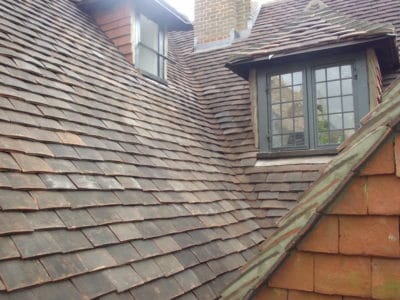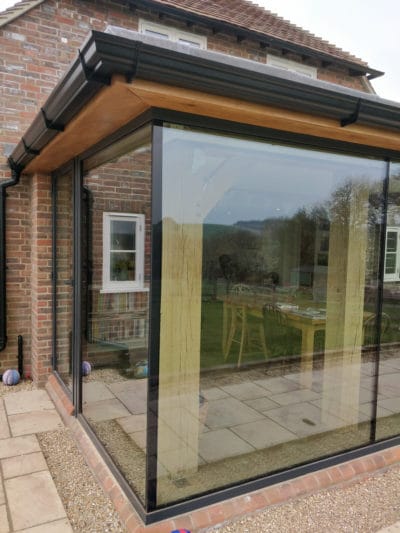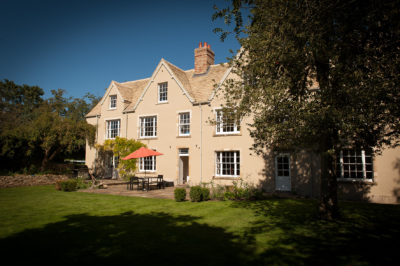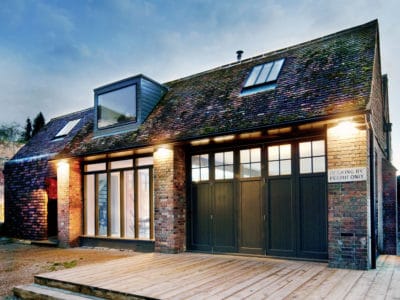How to Rewire an Old House
Rewiring can be disruptive to the fabric and finishes of a property – but if you’re dealing with a faulty or inadequate installation, it will be a sound investment. After all, poor electrics are a common cause of fires in historic homes.
If possible, it’s well worth having the existing wiring inspected before you buy. This should give you a sense of what work might be required and, importantly, how much it’s likely to cost – which may help you assess whether a project is financially viable.
Is it always necessary?
As a rule, if a property hasn’t been rewired since the late 1980s then it’s likely at least part of the infrastructure will need to be upgraded to ensure it’s safe (particularly in terms of fire risk) and complies with current standards. The consumer unit is often a tell-tale sign: if there is an old-fashioned fuse box, the chances are that rewiring will be necessary.
Inspecting exposed parts of the cabling – including the colour and style of the wiring – will give you a good initial indication of whether it’s been updated recently. This must be done safely (so the power should be switched off at the consumer unit).
Modern electrical installations use PVC-insulated cable, coloured grey or white. Unless the wiring is PVC coated, then a rewire is almost certain to be necessary.
Any old cabling insulated in rubber, fabric or paper (this type usually has a lead sheath) should be replaced because these coatings tend to break down over time, leading to short-circuiting, fire risk and potential electrocution.
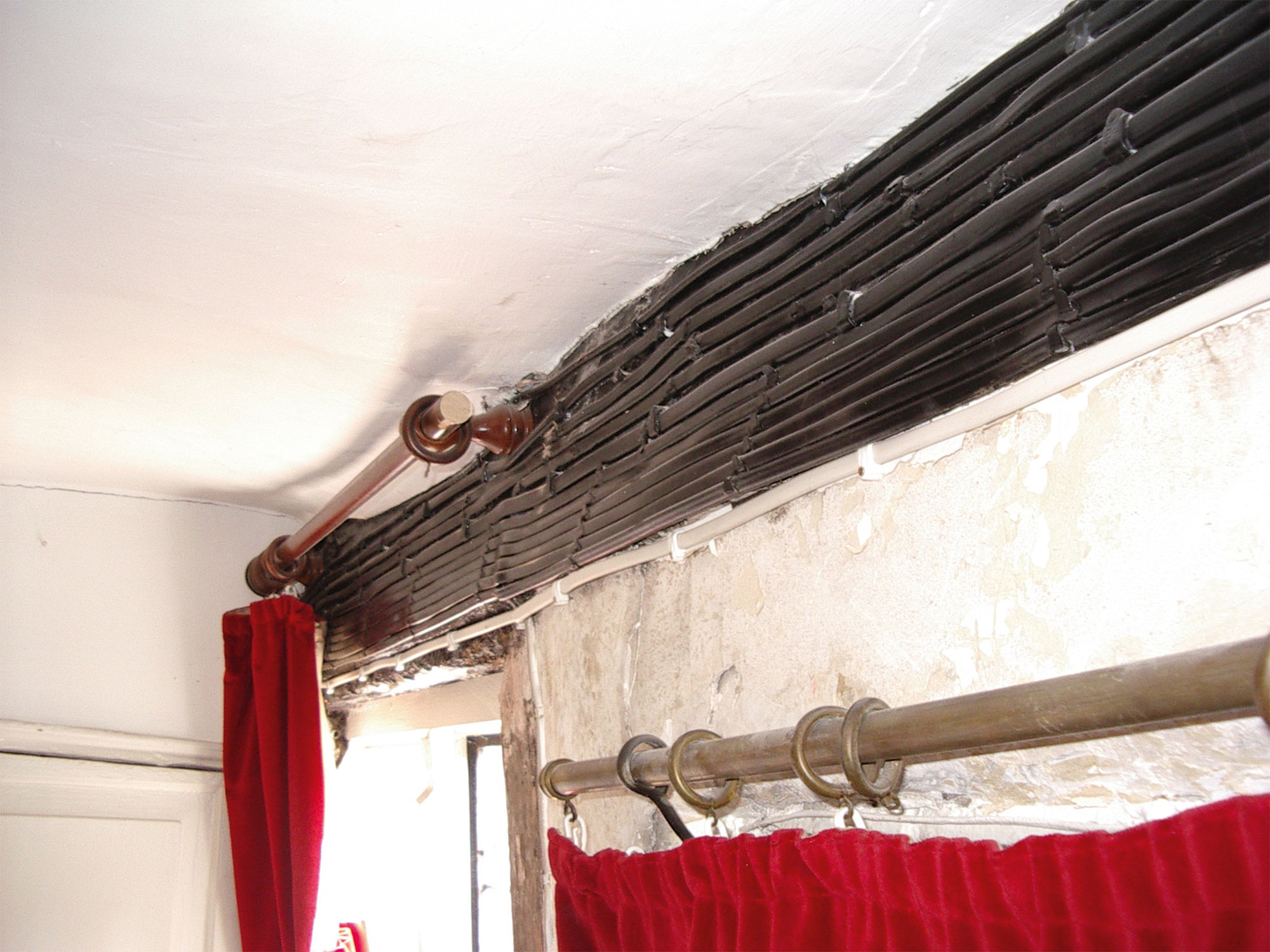
Surface wiring is unsightly and can be unsafe
Some buildings have very early wiring – even dating as far back as the mid-19th century – still in use, which presents a potential threat to the building, its contents and occupants.
It’s far more common to find outdated 20th century wiring, however, sometimes with two or more generations either joined together or running side-by-side.
If you discover two or more sets of circuits, this is likely to mean there are redundant cables. You’d be surprised how often these are kept connected, which is clearly unsafe (especially for those undertaking work). I’ve even uncovered cut-off wires buried in plaster work that are still live.
Even if the wiring is PVC coated, a certified electrician should test the installation to ensure that it’s safe and capable of carrying the loads to which it will be subjected (including servicing any extensions you’re planning).
Often a full rewire can be avoided if the existing cabling passes this check – instead it may only be necessary to upgrade with a modern consumer unit and proper earthing and bonding arrangements.

If you are extending a period property, like this Georgian home in Devon, the existing wiring will need to be checked and possibly upgraded to meet current requirements
Bonding is essential for any domestic property to be safe. Even if rewiring is not necessary, you should still make sure that the kitchen and bathrooms are bonded (whereby pipework and other exposed metal parts are earthed).
This will prevent the risk of electrocution should a fault occur that causes exposed plumbing to become live.
There will also be an aesthetic consideration when deciding whether to rewire. Many old buildings have a lot of their cabling surface-mounted, which is visually intrusive and tends
to detract from the heritage character.
It can also be unsafe because the wires are more exposed to potential damage (this is why the regulations don’t allow surface mounting of new cabling). This may prompt you to decide on redoing the electrics even if the current installation is able to get through an inspection.
Building RegulationsElectrical works are covered by Part P of the Building Regulations. This sets out minimum standards for new work – as well as under what circumstances you will need to upgrade existing installations. Basically, any alterations or additions to the electrical installation constitute new work and must therefore conform to Part P. If you’re planning a major renovation or the current setup is unsafe, then Part P will require you to rewire at least part, if not all, of the property – including the consumer unit. This work will have to comply with the regulations and be certified on completion. The regs may also demand that the existing wiring is improved to ensure that is able to carry any additional loads, as well as make certain that it is earthed to current standards and that earth bonding is satisfactory. In the vast majority of cases, the best route to achieving compliance |
The electricity supply
The provision of services to old houses can present its own problems. For instance, if several properties have been joined together there could be multiple electrical supplies.
It’s even possible to find that different buildings share a supply because they were previously in common ownership. In such cases, the way the routing and position of the supply has developed over time may now be unsatisfactory or unsafe.
If the mains supply and/or meter need to be moved or altered, these tasks will have to be undertaken by your electricity supply company.
There will be a charge for this and you will have to give them several weeks’ notice (so be sure to arrange this well before any follow-on works are scheduled).
You may be able to avoid some of the cost by combining this with upgrading to a smart meter, as some of the work could be subsidised by the supplier.
Impact on the building
Rewiring is by nature an invasive task, so it should be scheduled into an early phase of your project, prior to any replastering or redecorating work taking place.
There are particular problems to consider when dealing with period buildings– so make sure your electrician is aware of these and has worked on historic properties before.
It is important to cause as little disruption as possible to the building fabric and particular care must be taken not to damage anything of special interest or significance.
If your home is listed, then listed building consent is likely to be required for chasing cables and cutting in new switches or sockets to historic plasterwork. I would recommend you always discuss this with your conservation officer in advance.
In order to minimise visual impact, you should try to locate as much of the electrical installation as possible in non-sensitive areas such as cellars, roof spaces, unused chimneys and floor voids. You might need to be quite imaginative to find discreet routes and this can result in long cable runs.
Stunning Georgian house renovationAlex & Lisa Homers’ bough this Georgian property, which was in a dire state. It had been empty for years and had steadily deteriorated to the point of being totally derelict. Over time it had been inhabited by squatters and looters, who had stolen most of the fixtures and fittings, including fireplaces, ornate mouldings and timber floors. Dry rot had also set in, spreading up the walls, eating away at the timbers and causing untold damage. Despite the poor condition of the property, the silver lining was that the roof had previously been replaced by one of the potential developers. Much of the work was painstakingly carried out by Alex’s brother Miles, supported by a local builder and tradespeople. The entire team worked tirelessly to meet the high standards the house inherently demands. For Lisa and Alex, who have worked constantly on the house for eight years with no holidays, it’s been a labour of love. “We lived and breathed it,” says Lisa. “Once you start something like this, there’s no going back.” |
Fixing wiring to the surface of historic stone or brickwork can easily damage the walling. Where it can’t be avoided, cable clips should be fixed into the mortar joints rather than the stones or bricks so they can be removed at a later date without causing significant damage.
If you’re chasing wiring into plastered walls, try to reuse existing channels, switch and socket locations. Chases should be carefully made by hand and the cables run in plastic conduits so that future rewiring can take place without the need to cut into the wall again. When making good, you should use appropriate materials that are compatible with the surrounding fabric, and certainly not modern plasters or fillers.
Where cables pass through floor joists, it’s best to reuse old notches in the timbers where possible. Your electrician should plan the installation to prevent the need for any new cutting of joists wherever possible – but if it is necessary, avoid notching the bottom section. This part of the timber is doing the most work and cutting it can significantly weaken it.
Generally, a safer bet is to drill suitable holes along the centre line, as this ‘neutral zone’ in the middle of the joist is under the least load. There are rules of thumb to apply here, but if you’re in any doubt then seek the advice of a structural engineer.
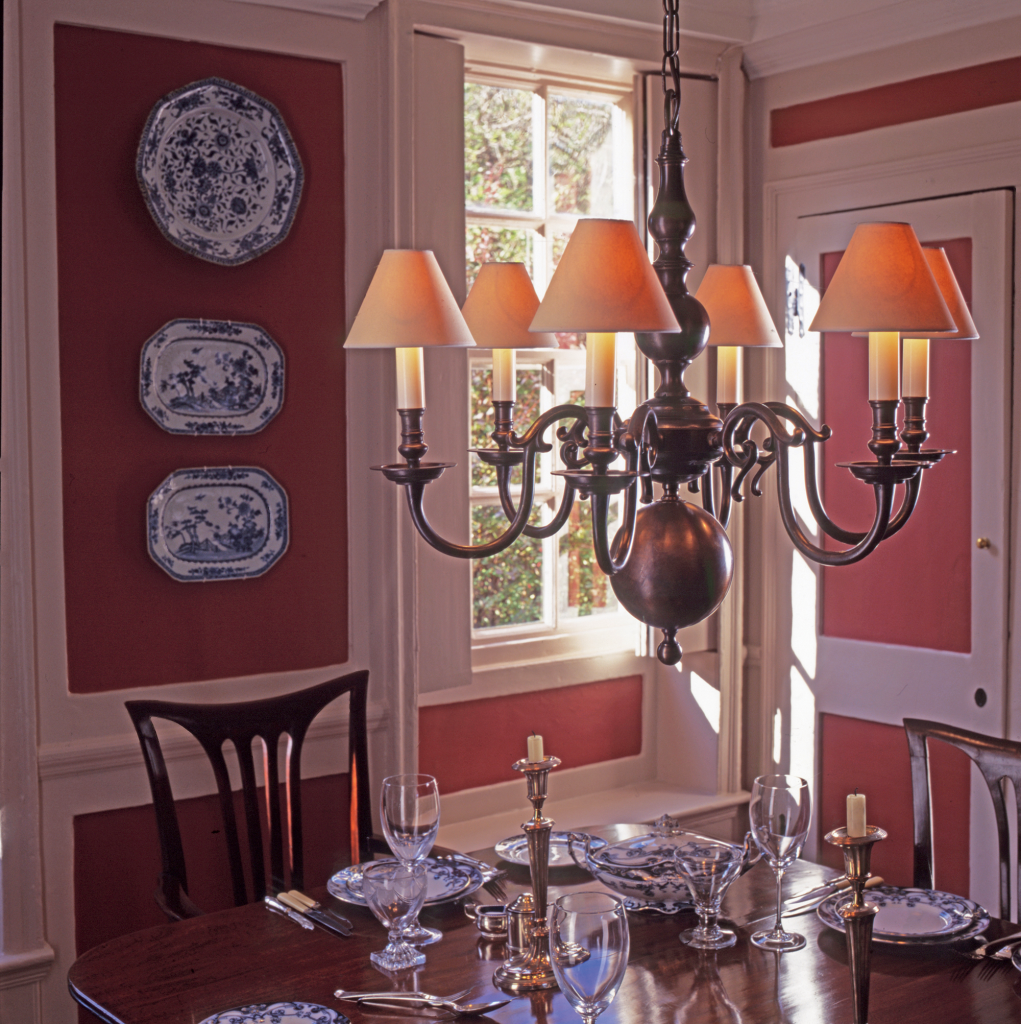
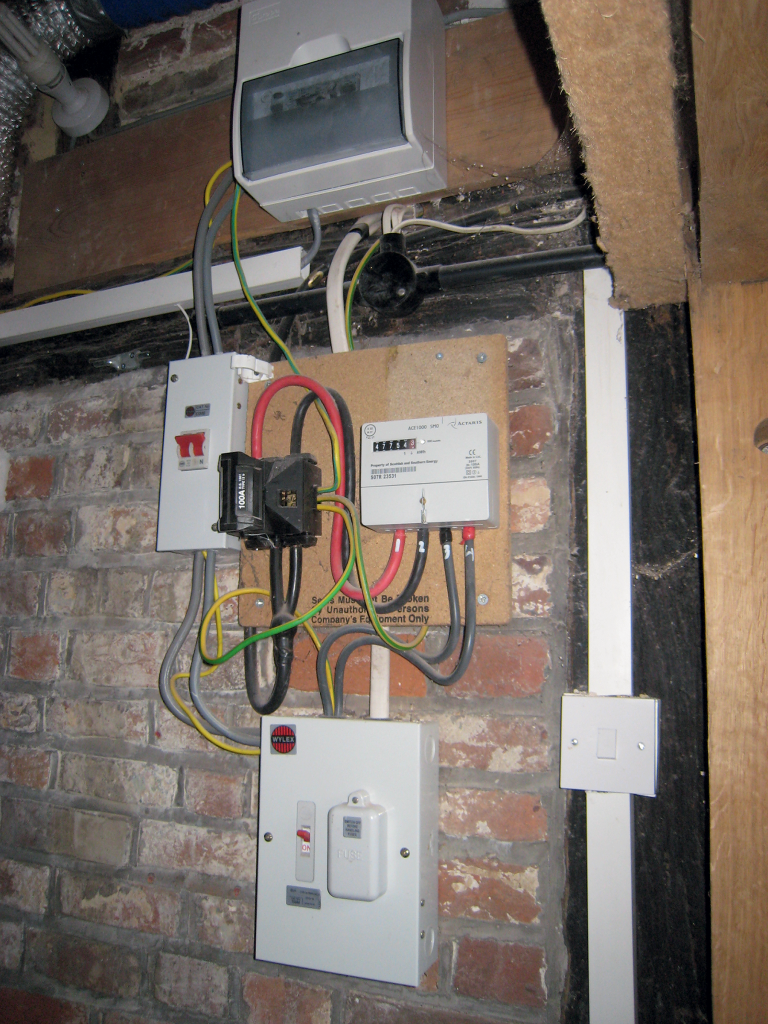
Maintain your home’s character
Part of your reason for rewiring is likely to be that your requirements for sockets, lighting etc are much greater than they were when the house’s electrics were last overhauled.
You might also need cabling, sockets or switches for products such as central heating controls, alarms, smoke detectors, doorbells, outdoor lighting, telephones, televisions and cable/satellite.
It’s important to weigh up these requirements against the impact on the building fabric and degree of intervention involved. Inserting too much ‘smart’ technology could compromise what is special about your old house.
Read more: Top tips to add value to a period home
Increasingly, wireless solutions are making this balance easier to achieve – eliminating the need for conduits and cables, even to the extent that you can now purchase wireless switches.
Bear in mind that an old building, particularly if it has thick stone walls, can give rise to difficulties for wireless network coverage.
Careful design and the incorporation of boosters might be required. It also pays to think ahead to avoid unnecessary cost and disruption. I’ve seen a number of projects where great efforts have been made running speaker or multimedia cables that were obsolete almost as soon as the work was finished.
































































































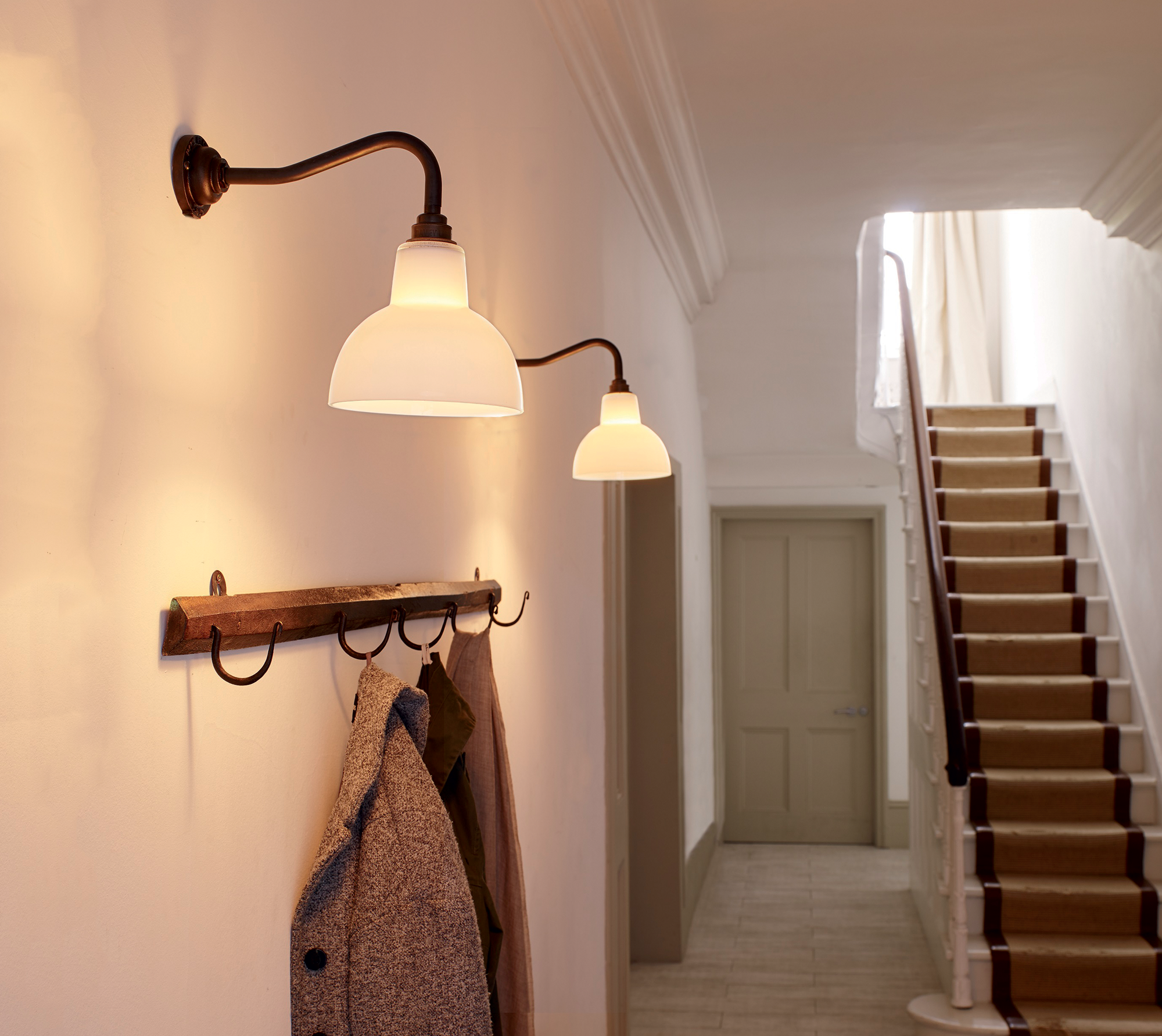
 Login/register to save Article for later
Login/register to save Article for later





